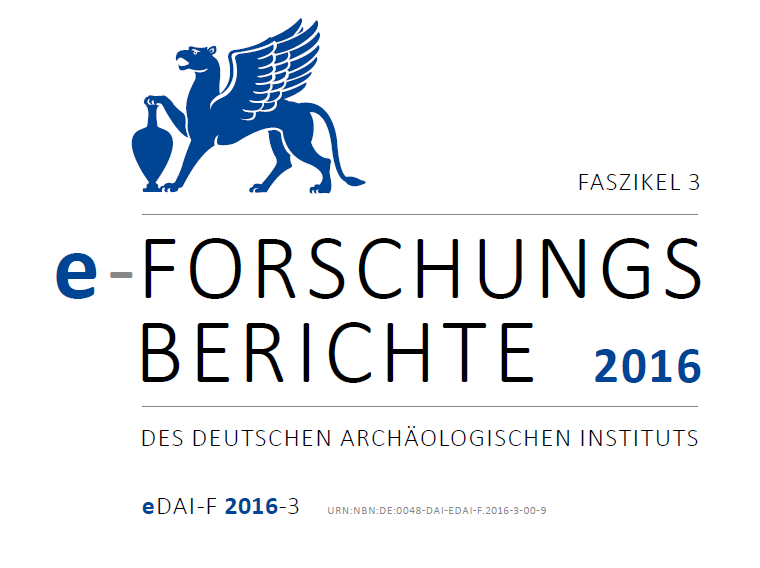Umm El-Qaab (Abydos), Ägypten: Untersuchungen zum Osiriskult in Abydos vom Alten Reich bis in die Spätantike
https://doi.org/10.34780/67t1-0x8b
Abstract
As the resting place of Egypt’s earliest pharaohs, Umm el-Qaab began its history almost 5000 years ago. The primary destination for countless pilgrims became the tomb of the Early Dynastic king Djer, which was considered to be the tomb of Osiris, the god of the dead, at least from the second millennium onwards. The remains of the Osiris-cult in Umm el-Qaab are numerous, but objects found were mostly broken into fragments. These finds cover a time span from the Old Kingdom until Late Antiquity, from ca. 2550 BC – ca. 540 AD. The aim of the seasons 2014 and 2015 was to continue the study and documentation work of these objects.Downloads
Veröffentlicht
2023-05-26
Ausgabe
Bibliographische Daten & Rezensionen
Citation Formats
Effland, U. und Effland, A. (2023) „Umm El-Qaab (Abydos), Ägypten: Untersuchungen zum Osiriskult in Abydos vom Alten Reich bis in die Spätantike“, e-Forschungsberichte des DAI, S. 30–35. doi: 10.34780/67t1-0x8b.





